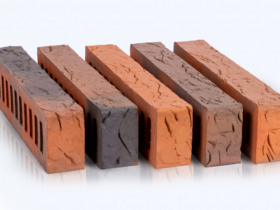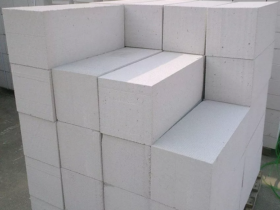Today, building and finishing materials are in high demand – new buildings are being built, old ones require repair, many redevelopments are being carried out. Wooden interior doors are bought in Novosibirsk, Moscow, Rostov-on-Don-anywhere in our homeland this product is in demand, and the demand for it continues to grow.
The door is a special product. It’s not even about the widest price range, design and coloring options. Even the choice of the door type is able to focus on an inexperienced buyer. After all, choosing interior doors, it is important to take into account not only their cost and appearance, the operational characteristics, such as the service life and maintainability, play a huge role. Optimal in terms of price-quality ratio can be called two types of modern interior doors. These are interior laminated doors, and their close relatives are veneered doors. In the production of these doors, similar technologies are used to ultimately get a relatively inexpensive product, which in appearance is quite capable of competing with a massive wooden door. Of course, the cost of the product forces the product forces a number of compromises. For a laminated door, such a compromise is a complete absence of maintainability. That is, all the scuffs and mechanical damage acquired by the door during operation cannot be eliminated. Laminated interior doors have a rigid frame made of inexpensive wood inside, cellular filler, and sheathed, most often, MDF sheets. It is on MDF that the laminating layer is applied (it can be paper or, in more expensive models – plastic), which then gives the door to the door for a long time. It is the laminating layer that carries the drawing, therefore, all laminated doors within the party are distinguished by stable color and texture.
Unfortunately, this cannot be said about the interior doors veneered – the appearance of the surface of such doors is given ven for natural wood of valuable varieties. Although this approach allows you to more accurately recreate the texture and texture of natural wood (in fact, the visible layer is natural wood), but a number of restrictions due to work with natural wood are applied to the appearance of such a door. It is clear that there is no need to count on the identity of two such doors – the veneer, in fact, being a thin layer of natural wood, has all the features that have natural wood. Moreover, the features of the production of wood veneer spread the “artifact” areas on the surface of such a door through equal gaps.
However, these shortcomings, which are deprived of more expensive veneered doors, are more than compensated by the possibility of a full restoration – removing varnish, grinding and re -varnishing, eliminating the vast majority of mechanical damage and all the sufferers.









